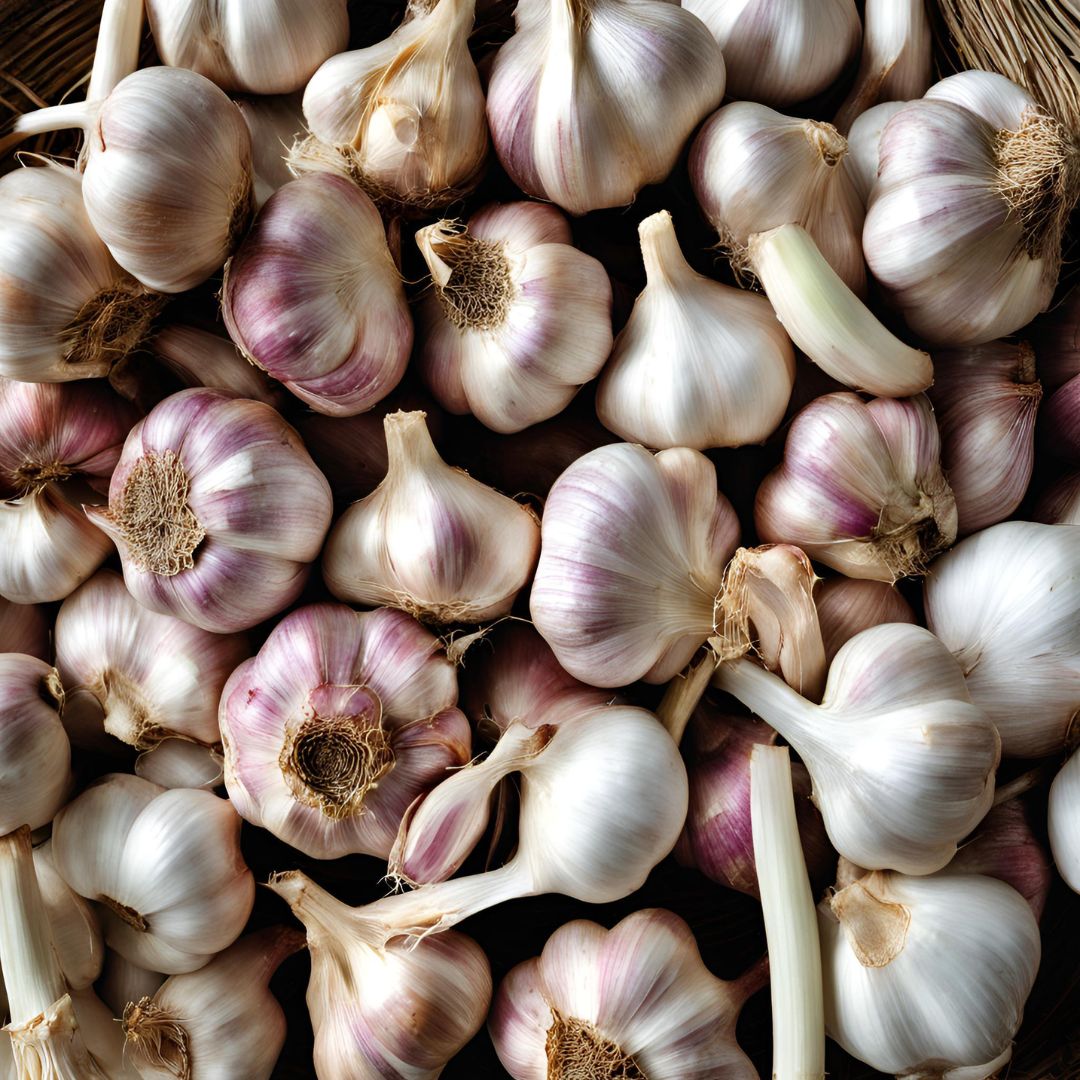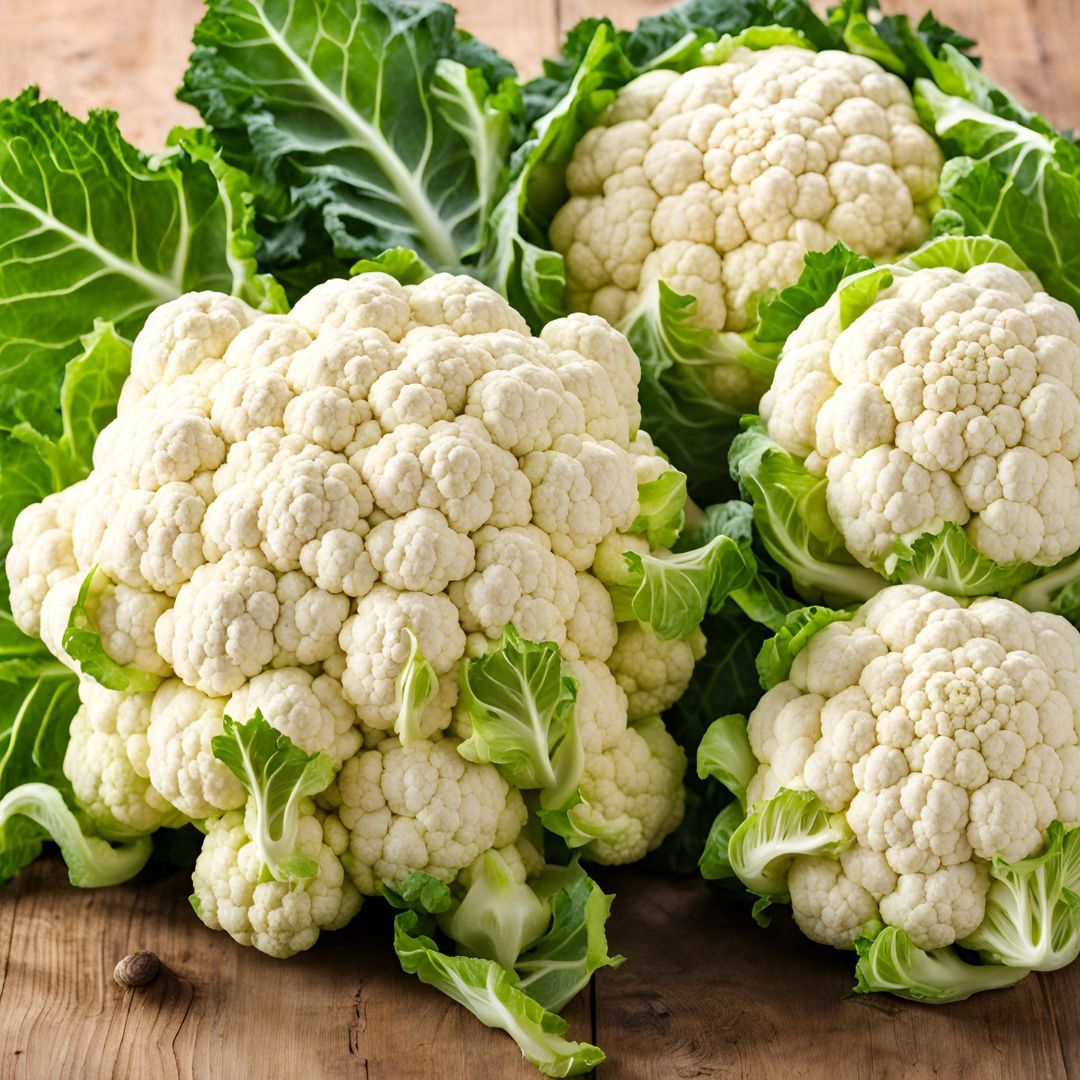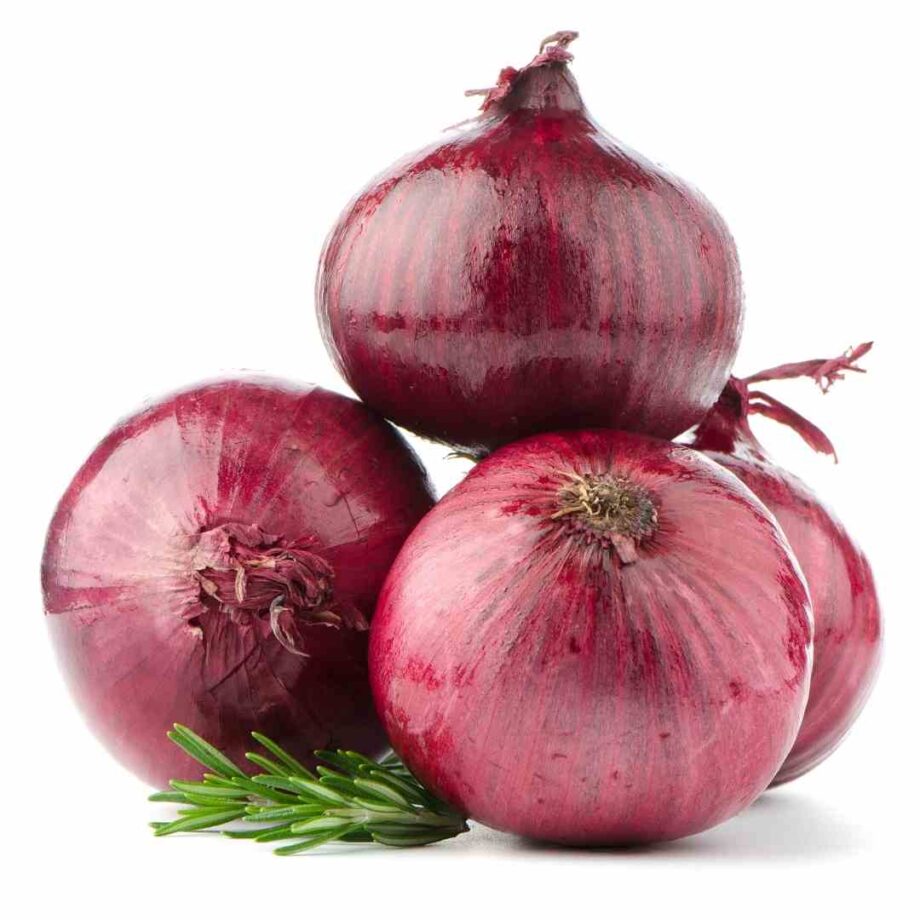Major Varieties of Indian Garlic
1. White Garlic:
o The most commonly grown variety.
o Known for its strong flavor and used widely in cooking.
o Grows predominantly in the northern states of India.
2. Purple Garlic:
o More pungent and aromatic compared to white garlic.
o Typically grown in regions like Punjab, Rajasthan, and Uttar Pradesh.
o Often preferred for pickles and traditional dishes.
3. Single Clove Garlic (also known as Gandhori Garlic):
o A rare variety, known for a single large clove instead of multiple small ones.
o Has a stronger aroma and flavor and is mostly used for medicinal purposes.
Top Garlic-Producing States in India
1. Uttar Pradesh: Largest producer, especially in regions like Unnao and Kanpur.
2. Rajasthan: Significant production, particularly of purple garlic varieties.
3. Gujarat: Known for high-quality garlic used in both domestic and international markets.
4. Madhya Pradesh: Emerging as a key player in garlic cultivation.
5. Himachal Pradesh: Grows garlic in cooler regions, producing high-quality bulbs.
6. Karnataka: Known for quality garlic, especially in the southern regions.
Packaging and Transportation
1. Packaging Standards:
o Garlic is typically packed in net bags, mesh sacks, or ventilated cartons (5kg, 10kg, or 25kg packs).
o Proper ventilation is important to avoid mold and spoilage.
o Labels should include variety, grade, weight, and country of origin.
2. Storage and Transport:
o Ideal temperature: Store garlic at 0-5°C for optimal freshness.
o Humidity: Keep garlic in a dry and cool place to avoid sprouting.
o Transport: Garlic is typically shipped in refrigerated containers (for long-distance exports) to maintain quality.
Advantages of Indian Garlic
1. High-Quality Produce:
o Indian garlic is known for its high flavor profile, aroma, and medicinal properties.
2. Cost-Effective:
o India’s garlic is competitively priced in international markets due to low production costs.
3. Wide Culinary and Medicinal Use:
o Garlic is used in a variety of cuisines and is also known for its health benefits, making it a versatile product for export.
4. Year-Round Availability:
o Garlic can be harvested at different times of the year due to varied growing regions across India.
Challenges in Garlic Export
1. Perishability:
o Garlic has a limited shelf life, and improper storage can lead to sprouting or drying.
2. Price Fluctuations:
o Prices may fluctuate due to domestic supply and demand factors.
3. Storage and Transportation:
o Garlic requires careful handling and storage to maintain quality during transit.
4. Export Restrictions:
o Indian government policies may restrict exports in times of domestic shortages or price hikes.
Opportunities
1. Organic Garlic:
o Rising global demand for organic garlic provides an opportunity to cater to health-conscious markets.
2. Value-Added Products:
o Export opportunities in garlic powder, garlic paste, and dehydrated garlic, which have longer shelf life and higher value.
3. Growing Health Trends:
o Garlic’s health benefits, such as its antioxidant and anti-inflammatory properties, have made it increasingly popular in wellness and pharmaceutical industries.
4. Specialty Garlic Products:
o Unique products such as single-clove garlic and fermented garlic are gaining popularity in gourmet and health food markets.




